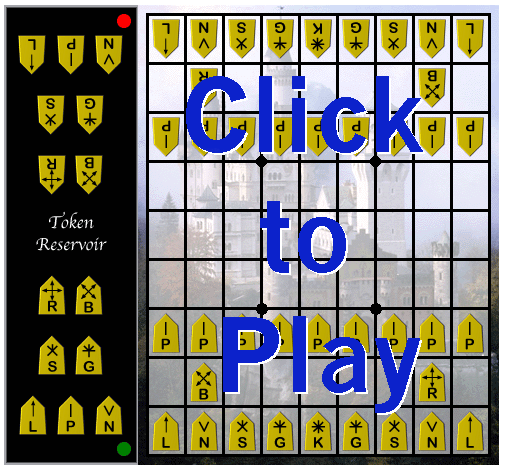
Learning the basic rules of shogi is quick and easy. Many young children play Japanese chess. If you have ever played Chess, you have a head start, but knowing Western Chess is not a prerequisite to learning Japanese Chess.
Traditionally, Japanese calligraphy is used to mark the pieces in Shogi. Don’t let the kanji on shogi pieces scare you off. There are other styles of shogi sets that have pictures, arrows or letters instead of kanji. Later, once you’ve become familiar with shogi, you’ll probably pick up the Japanese symbols. But, that’s later.
Shogi boards aren’t easily found outside of Japan. You can check Amazon or other retailers for boards. Also, for a cheap quick board, you can print out some of my PDF’s of shogi boards and pieces for a do-it-yourself shogi set that doesn’t cost much.
I wrote the following shogi rules explanation several years ago, and included a version of them in my book, Tsume Puzzles for Japanese Chess.
Rules of Shogi
The game of Shogi is similar to the game of Chess. They both derive from the same game. One version evolved as it travelled to Europe, and the other changed as it made its way to Japan. Shogi traditionally uses kanji to distinguish which piece (called a token) is which. To people that know kanji, the pieces are attractive and full of imagery. (more…)
